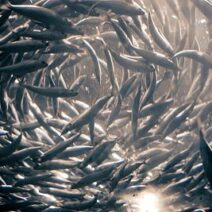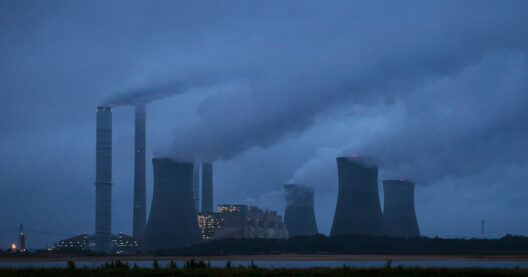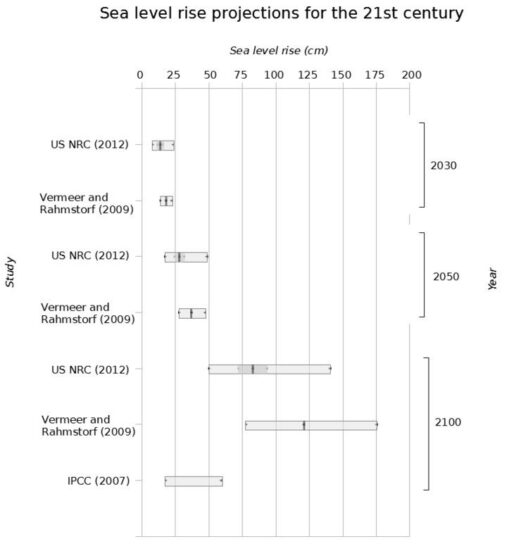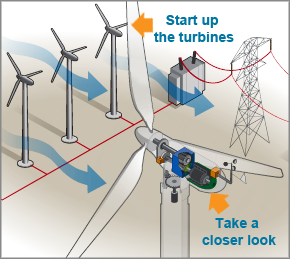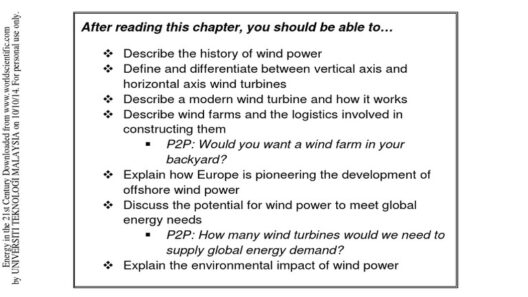Offshore wind energy plays an essential role in the transition to renewable energy sources, promising substantial environmental benefits and energy security. This article delves into the mechanisms behind offshore wind farms, demystifying their operation and addressing prevalent buyer concerns regarding efficiency and reliability.
Each offshore wind farm is a meticulously designed system engineered to harness wind power in marine settings. But how does it work?
Understanding the Components of Offshore Wind Energy
To appreciate the functionality of offshore wind farms, one must first grasp the key components that collaborate to convert kinetic wind energy into usable electricity.
At the heart of an offshore wind farm are the wind turbines. These towering structures comprise rotors, gearboxes, and generators, all integral to energy conversion. Typically, offshore wind turbines stand taller than their onshore counterparts, featuring larger blades that capture wind energy more effectively. Their components include:
- Rotor Blades: The aerodynamic design of rotor blades enables them to catch wind currents and spin the turbine. This rotational movement is crucial for generating energy.
- Gearbox: The gearbox amplifies the rotational speed of the turbine blades, an essential step since turbines produce electricity at high speeds. This increased rate is necessary for efficient energy generation.
- Generator: As the gearbox accelerates the rotation, the generator converts this mechanical energy into electrical energy. Most offshore turbines use synchronous or asynchronous generators, each with its operational nuances.
- Control System: Advanced technology governs the turbine’s operation, maximizing efficiency and ensuring safety. Sensors monitor wind conditions, directing the turbine to face the wind optimally.
All these components work in harmony, encapsulating the fundamental principle of converting wind energy into electricity. However, the effectiveness of these offshore wind farms extends beyond mechanical components.
Site Selection and Infrastructure
One cannot overlook the significance of site selection in offshore wind energy production. The ideal location is characterized by consistent wind patterns, minimal turbulence, and water depths suitable for anchoring turbines securely.
Infrastructural considerations also play a critical role. The construction of offshore wind farms involves submerged foundation structures, which can be categorized into:
- Fixed Foundations: These are planted firmly into the seabed and are most effective in shallower waters. However, they become less viable as depth increases.
- Floating Foundations: Emerging as a game-changer, floating foundations can be used in deeper waters. They are tethered to the seabed and able to harness high wind speeds far from land.
Once the physical structures are in place, the energy generated must be transported to shore. Subsea cables, often imbued with advanced technology, transfer electricity from the turbines to electrical substations on land. This intricate electrical infrastructure not only ensures energy distribution but also minimizes transmission losses, amplifying the efficiency of offshore wind farms.
A Pivotal Energy Source for the Future
As nations strive to reduce carbon emissions and combat climate change, offshore wind energy emerges as a vital player. Its potential is vast, as offshore winds tend to be more consistent and stronger than onshore winds, resulting in unparalleled energy yields.
Many key buying concerns revolve around efficiency, reliability, and the long-term viability of investments in offshore wind technology. Addressing these concerns is crucial for accelerating adoption.
In terms of efficiency, the advancement of turbine technology has led to increased capacity factors— a measure of actual output versus potential output. Modern turbines can achieve capacity factors exceeding 50%, providing assurance that investments in offshore wind farms yield substantial energy returns.
Reliability remains a priority for both investors and energy buyers. Technological advancements have bolstered the durability and performance of offshore wind turbines, enabling them to withstand harsh marine conditions. Regular maintenance routines, facilitated by innovative service platforms, ensure that turbines function optimally throughout their operational lifespan, typically 25 years or more.
The environmental footprint of offshore wind energy, particularly its minimal effect on surrounding ecosystems, is another strong selling point. The large-scale installation of offshore wind farms does not necessitate land conversion or significant ecological disruption and can coexist harmoniously with marine life. Engaging local communities as stakeholders in development also creates synergies that enhance social acceptance.
Furthermore, with favorable policies and significant investments on the table, the economic landscape for offshore wind energy looks promising. Governments across the globe are incentivizing renewable energy projects through financial incentives, grants, and tax benefits. This growing support significantly reduces financial risks for investors, further bolstering confidence in offshore wind initiatives.
In conclusion, offshore wind energy harnesses the robust power of marine winds through a sophisticated network of components, site selection, and infrastructure. As its role in combating climate change gains traction, it is no surprise that offshore wind energy stands as a pillar of the future energy landscape.

